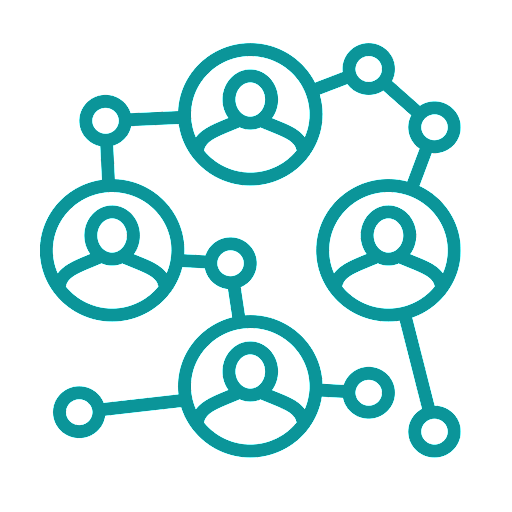NDIA and Common Sense Media Submit Comments to FCC on ACP Datasets
The Affordable Connectivity Program (ACP) is not an isolated program. ACP and the data it generates are tightly woven into the fabric of COVID-era digital equity and broadband deployment programs.
NDIA and Common Sense Media submitted comments in February highlighting the importance of open, transparent data in response to the Federal Communications Commission (FCC) Further Notice of Proposed Rulemaking (FNPRM).

Our comments discuss how ACP datasets can be collected, aggregated, and published to add genuine value to state and local planners, advocates, and practitioners. We urged the FCC to make ACP data transparent to support community-based digital equity programming and state and local decision-makers. The following is a summary of our recommendations:
- The Census block group is the most appropriate geography for asserting needs at a granular level. Block groups can be combined to match or approximate local community boundaries (municipalities, school districts, neighborhoods) more closely than zip codes. The widespread utility of Census block group data outweighs the burden of providing it.
- ACP data would be valuable to state and local digital equity leaders. ACP data would benefit state and local governments, consumer groups, and stakeholders who are planning, managing, and evaluating local digital equity initiatives, including effective ACP outreach, promotion, and enrollment efforts.
- We urged the FCC to add National Lifeline Accountability Database (NLAD) data to Universal Service Administrative Company (USAC)’s regular ACP data releases. The NLAD data we requested USAC to release include: types of broadband service provided, devices provided, eligibility categories selected, and the age distribution of subscribers. As a first step, USAC could begin adding this data to its monthly zip code and county datasets as quickly as possible.
- We recommended adding the 12-digit block group Federal Information Processing System (FIPS) code for each subscriber address to the NLAD, with the intention of making all USAC data available to states and communities at the block group level.
For more information, see our full comments.
